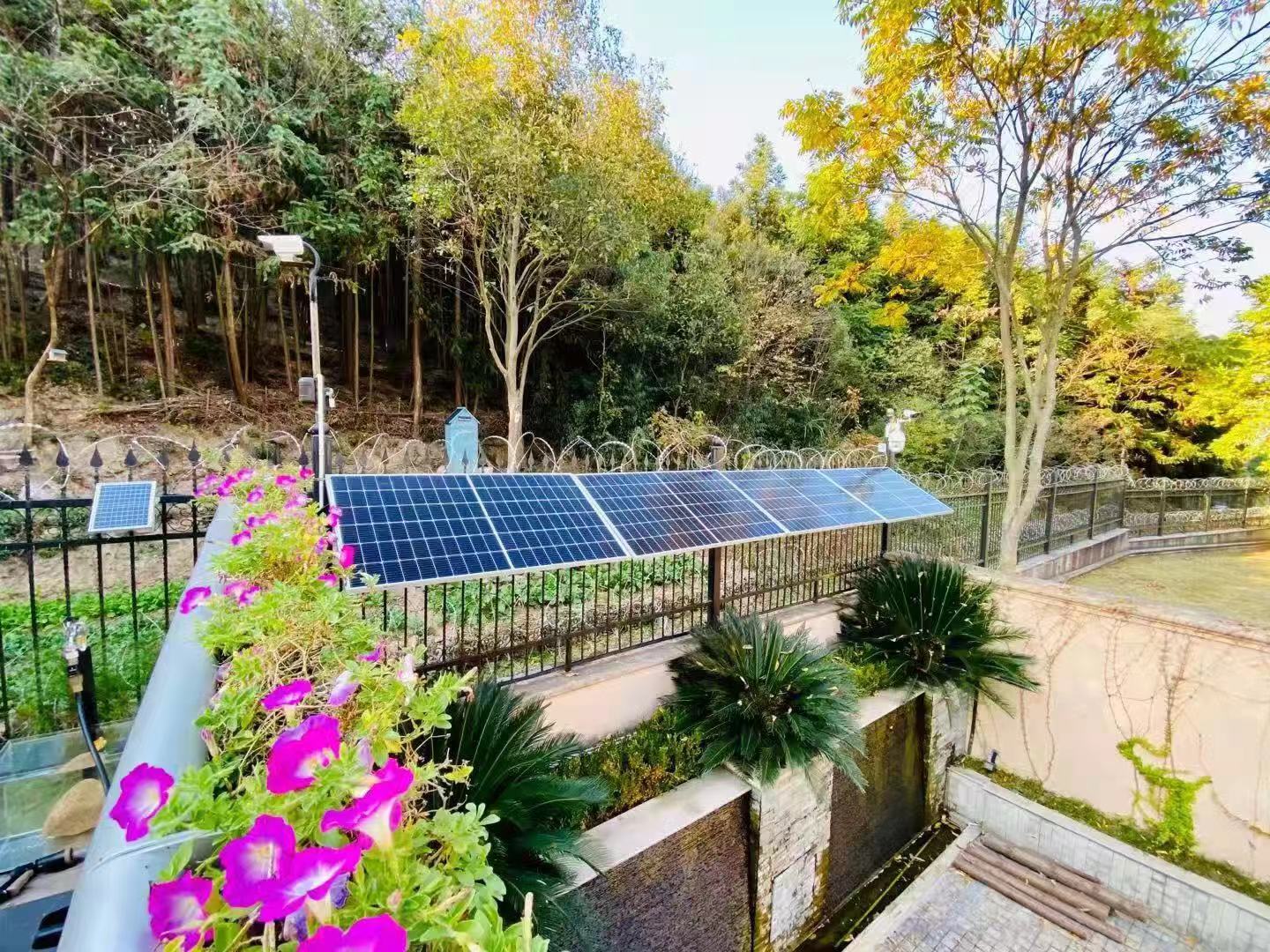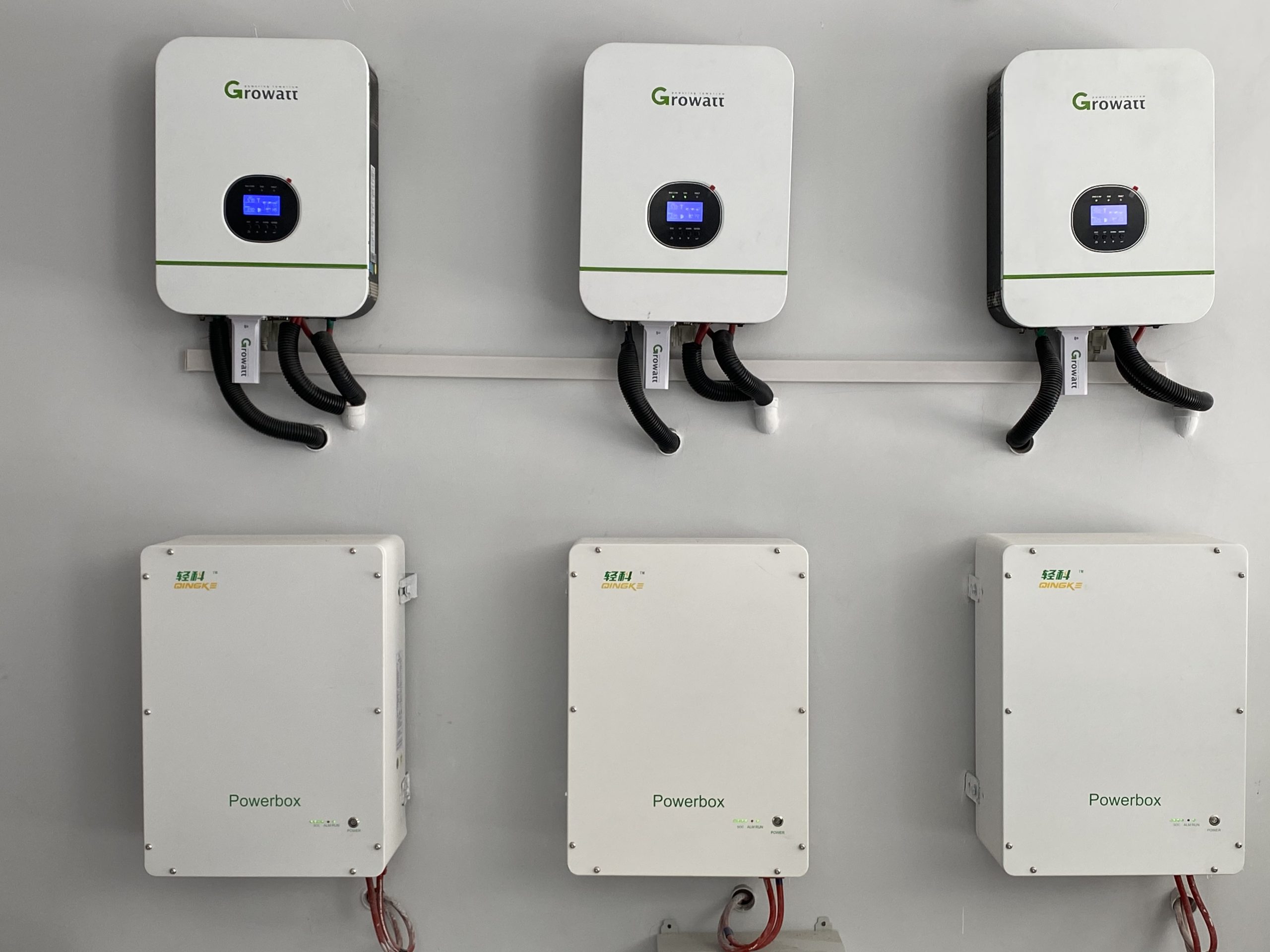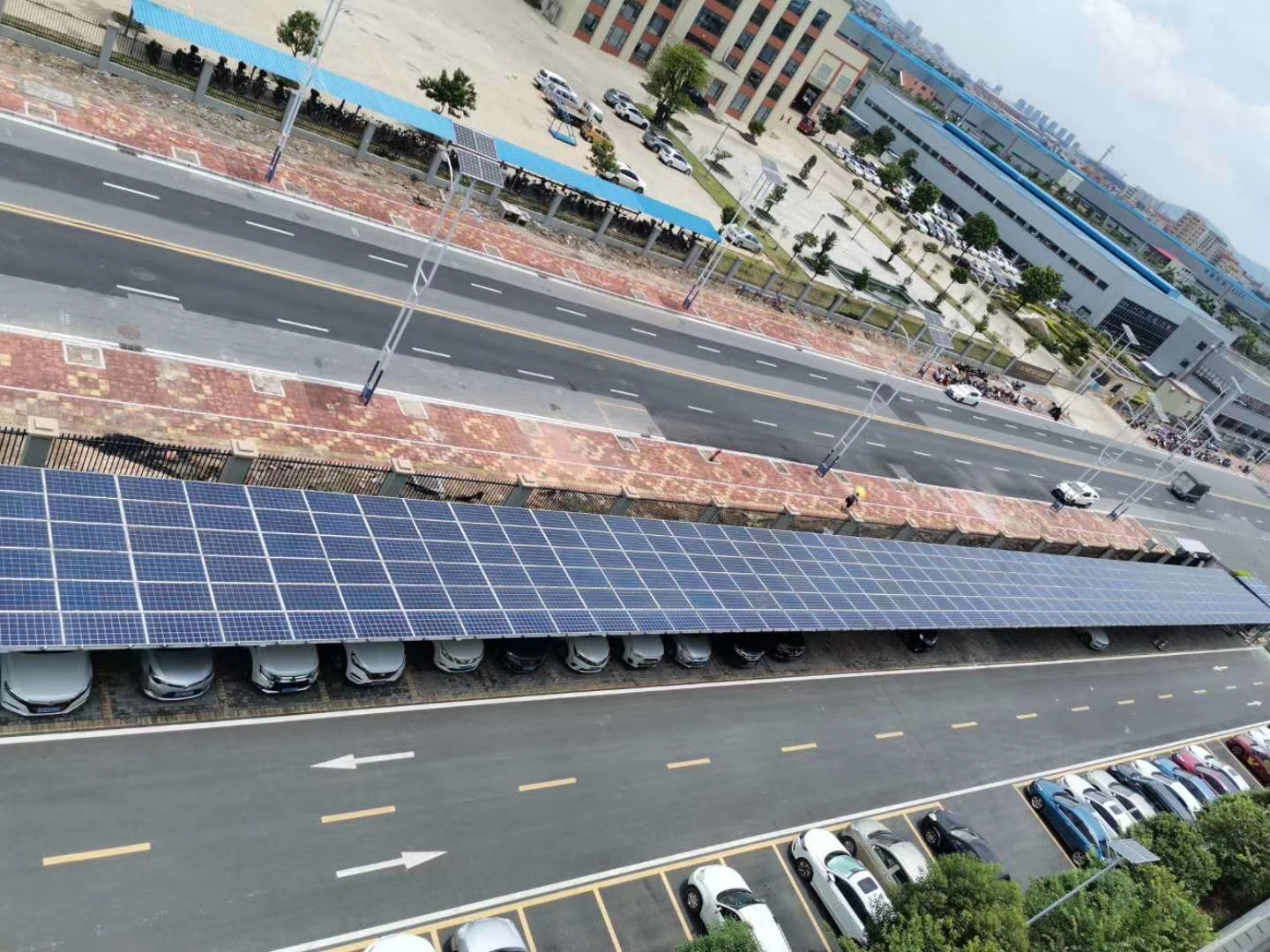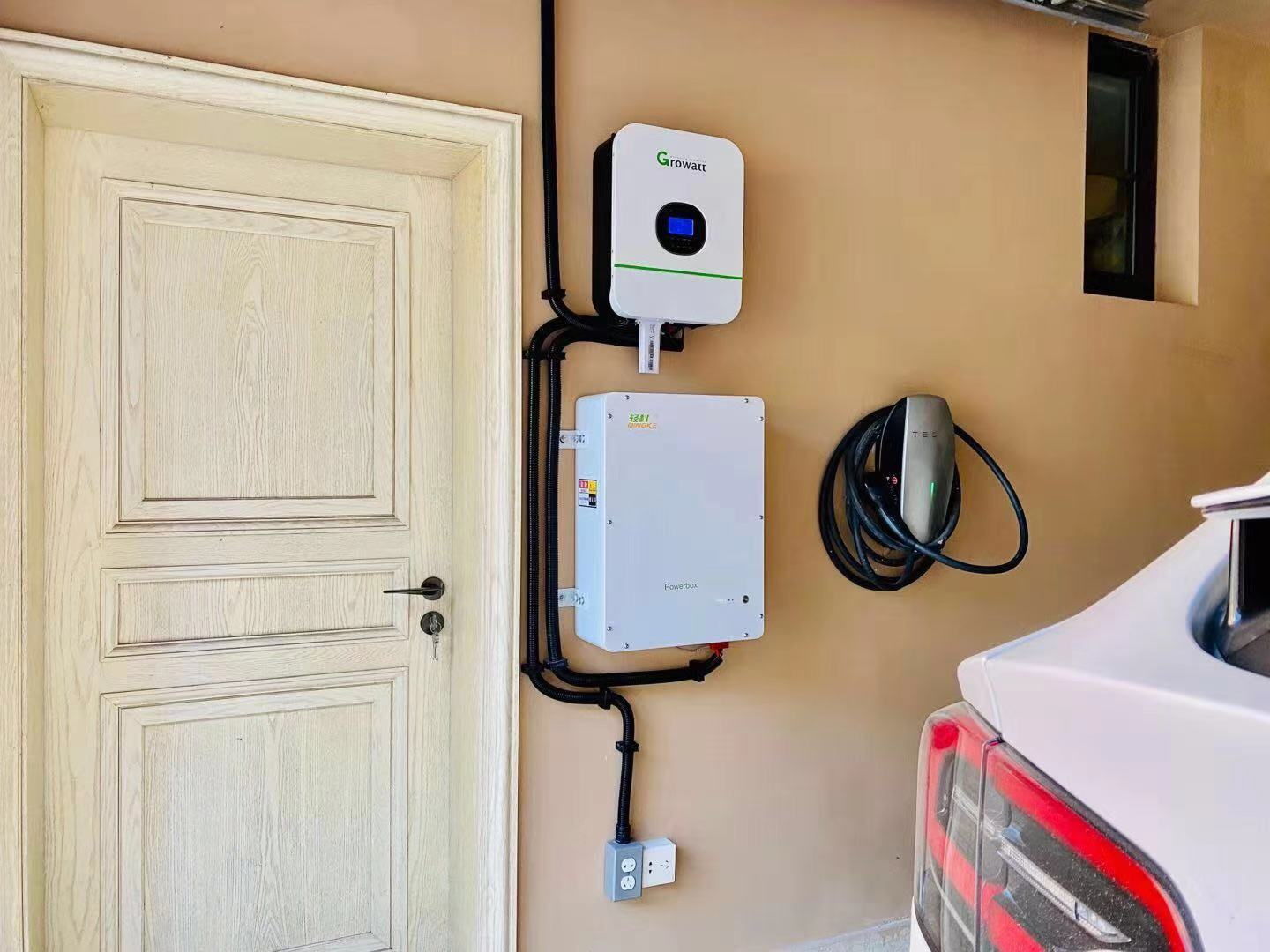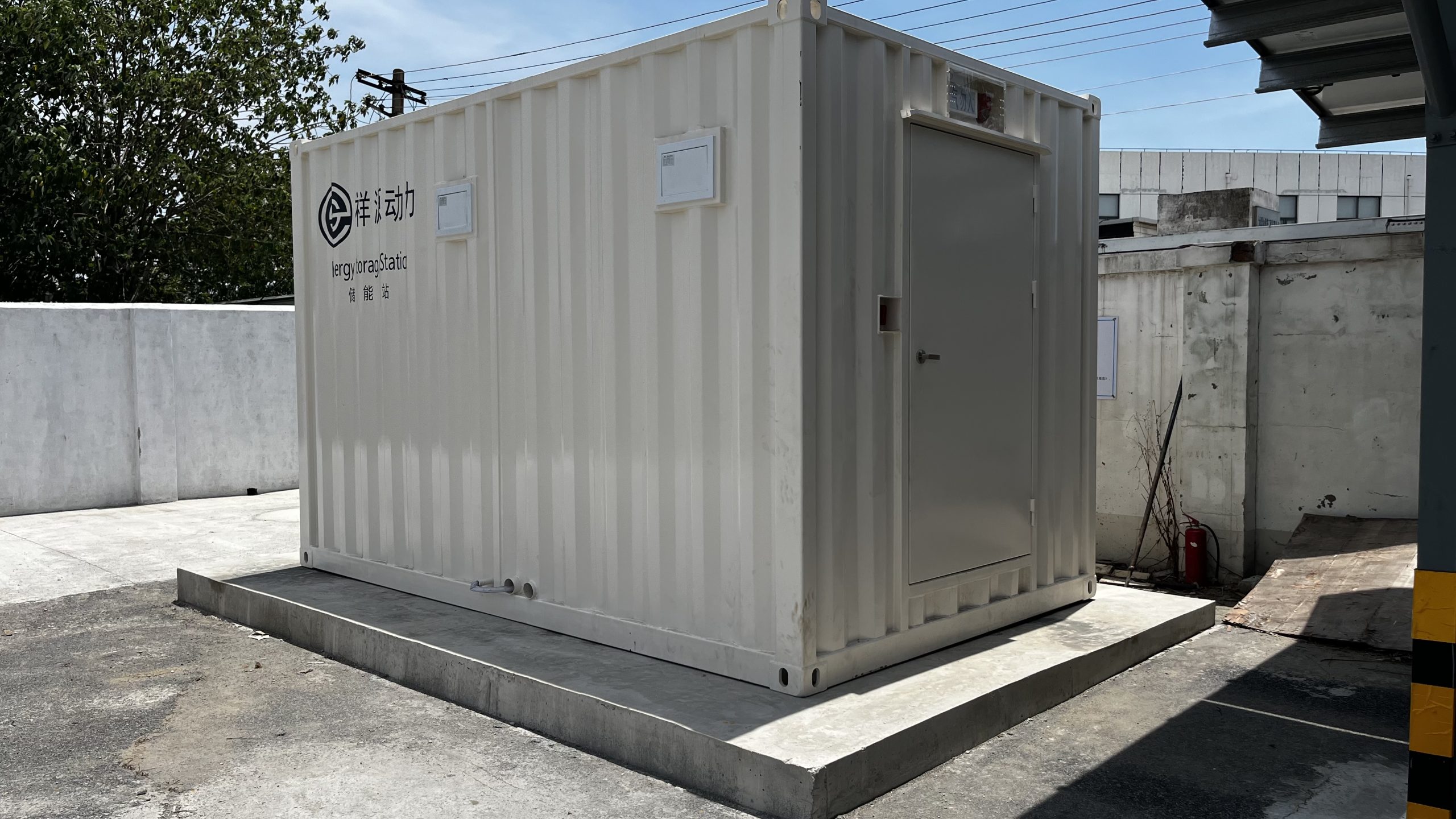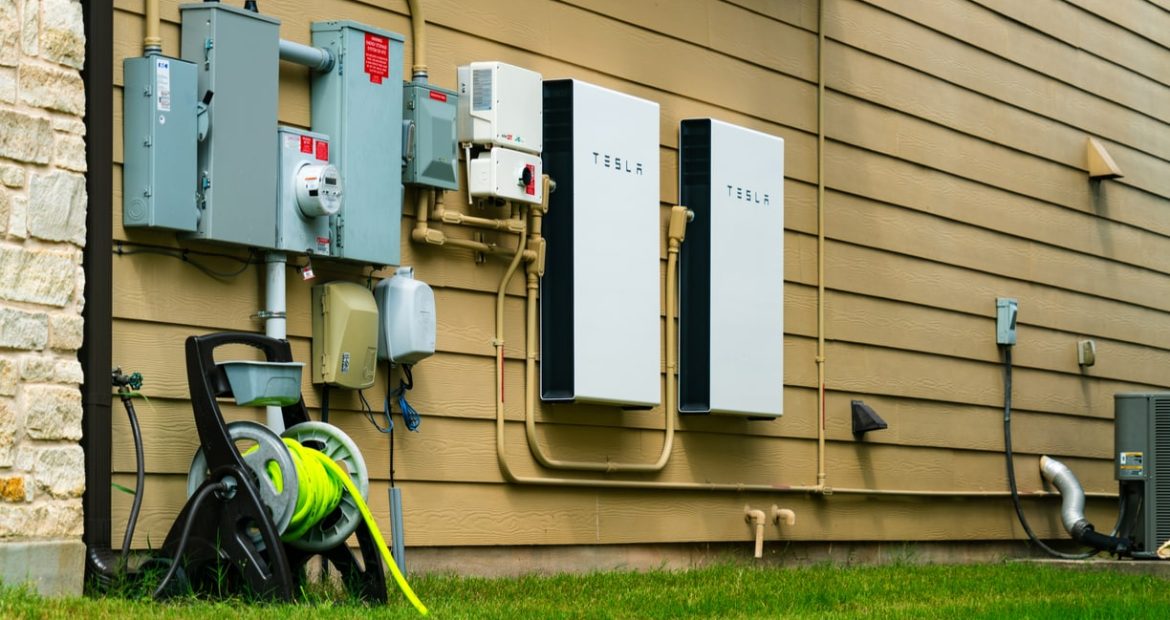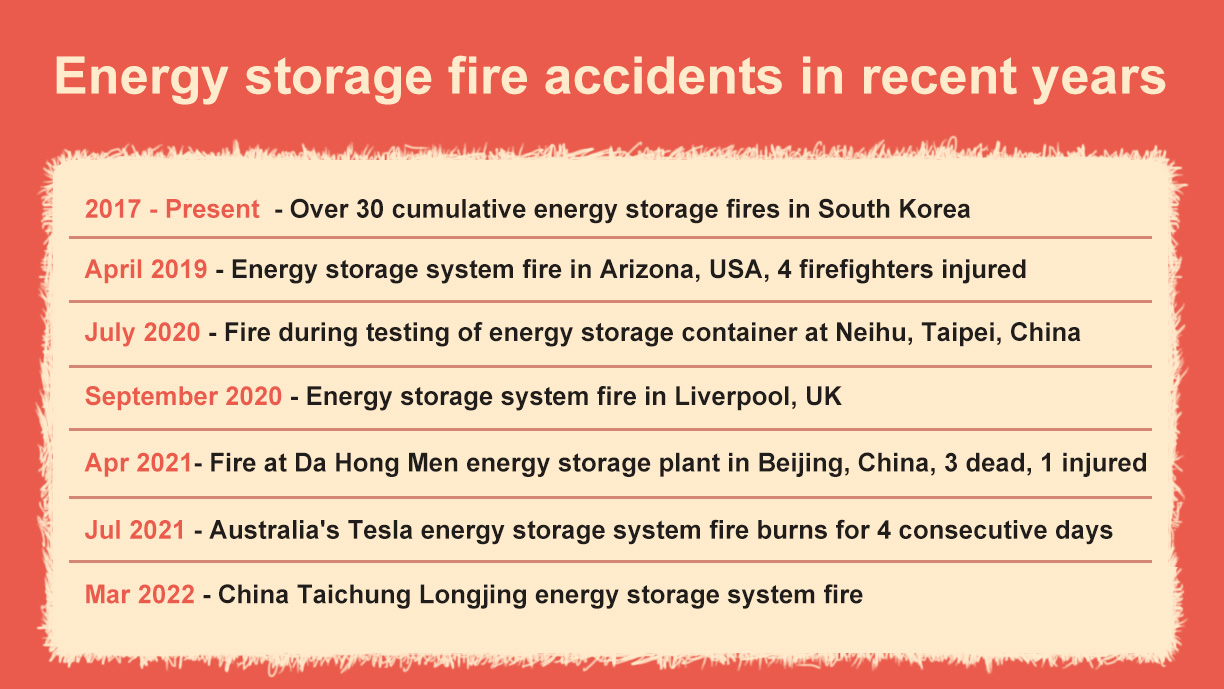Renewable energy sources continue to increase, and the world is accelerating the layout of energy storage to smooth out the intermittent nature of power and the impact on the grid brought about by the increase in new energy sources.
In addition to large scale energy storage that matches the grid, energy storage products are gradually going into factories as market players continue to pursue low-carbon footprints. In the United States, Japan, Germany and other places, energy storage products have gone into the home.
The key to the construction of new power systems lies in the deployment of long term energy storage, and the scale and industrialization of energy storage, safety and low cost is the key.
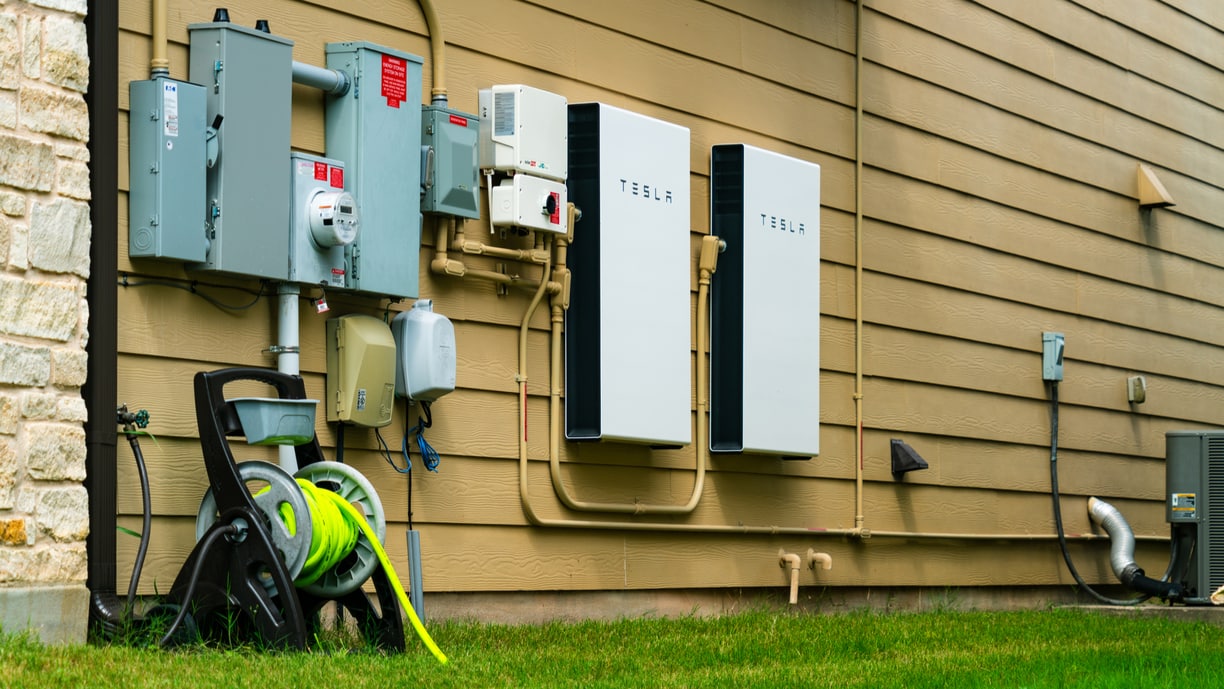
Source: Quick Electricity
In China, policies have also been introduced recently to promote and regulate the development of energy storage and to put forward requirements for relevant safety standards.
In February this year, China's National Development and Reform Commission and China's National Energy Administration issued the "14th Five-Year Plan" for the development and implementation of new energy storage, specifying that all energy storage technologies and forms other than pumped storage, i.e., new energy storage, will move from the early stage of commercialization to the stage of large-scale development and have the conditions for large-scale commercial application by 2025.
In May, China's National Energy Administration Comprehensive Department issued a "notice on strengthening the safety management of electrochemical energy storage power plant", from the electrochemical energy storage power plant safety management, power plant planning and design safety management, good electrochemical energy storage power plant equipment selection, strict electrochemical energy storage power plant construction acceptance and other seven aspects of electrochemical energy storage power plant safety put forward specific measures.
On June 29, China's National Energy Administration released another "Twenty-five Key Requirements for the Prevention of Electricity Production Accidents (2022 Edition) (Draft for Comments)".
The Draft Opinion addresses the prevention of fire accidents in electrochemical energy storage power plants and sets out detailed requirements, including.
(1) medium and large electrochemical energy storage power plants shall not choose ternary lithium batteries, sodium-sulfur batteries, should not choose the use of ladder power batteries.
(2) the selection of secondary use of power batteries, should be consistent screening and combined with traceability data for safety assessment.
(3) lithium-ion battery equipment room should be a single-layer arrangement, it is desirable to use prefabricated cabin type. Station-type lithium-ion battery equipment room, a single fire partition battery capacity should not exceed 6MWh; more than 6MWh, the indoor fixed automatic fire extinguishing system should be set.
......
Although there are many kinds of medium and large energy storage methods matched with power stations, including pumped storage, compressed air storage and flywheel storage based on mechanical energy storage, electromagnetic energy storage, electrochemical energy storage, etc., but China has continuously made requirements for electrochemical energy storage, this time simply kicked ternary lithium batteries, sodium-sulfur batteries out of the medium and large electrochemical energy storage power stations, indicating that policy makers put the safety of energy storage equipment in the first place.
On the one hand, electrochemical energy storage is not affected by natural conditions, with high energy density, high operating voltage, long cycle life, fast charging speed, etc., can be more convenient to arrange; on the other hand, electrochemical itself will occur electrochemical reaction, once the failure, not easy to extinguish. From a global perspective, despite the increasing maturity of energy storage specifications and technologies, fire accidents related to electrochemical energy storage are still unavoidable.
Between 2018 and 2021, the number of fire accidents in global energy storage systems is increasing, with the most alarming 27 accumulated in South Korea alone during the period.
In April 2019, four firefighters were injured in an energy storage fire in Arizona, U.S.; in 2021, a fire and explosion at Beijing's Dahongmen Energy Storage Power Station killed one electrician on duty, killed two firefighters and injured one firefighter; in late July 2021, a Tesla Megapack energy storage system at one of the world's largest battery sites in Victoria, Australia, burst into flames and burned for At the end of March this year, a fire also occurred at the Longjing energy storage site in Taiwan, China ......
Whether the world's major energy storage systems using ternary lithium batteries, or China's current main lithium iron phosphate batteries, energy storage systems must return to the most fundamental safety, is the cornerstone of development.
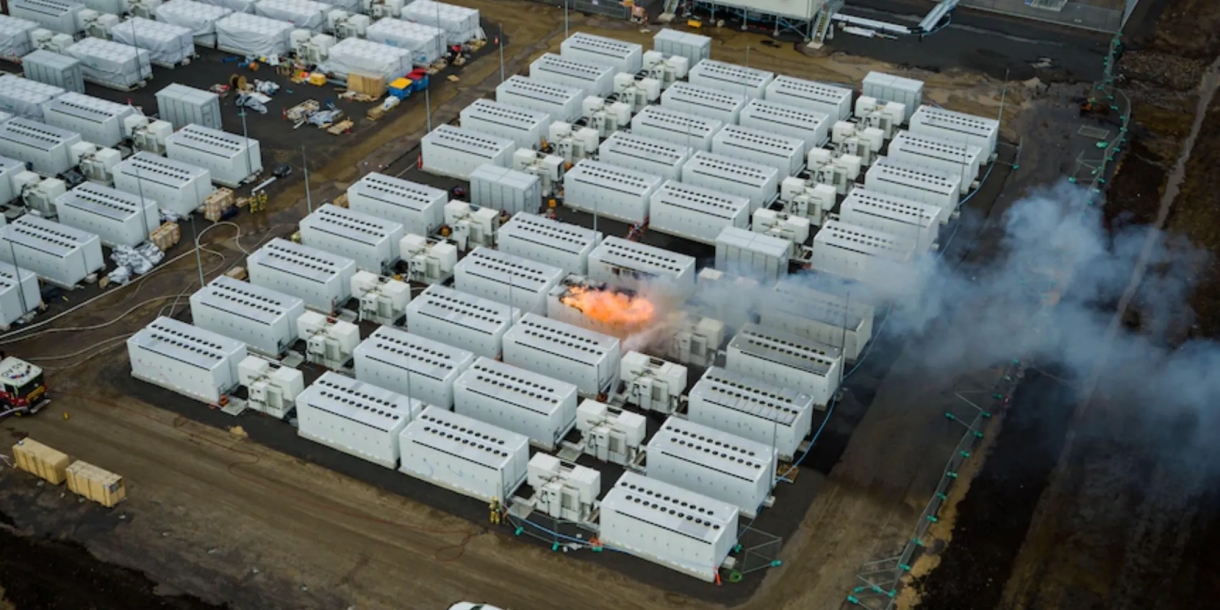
Source: Electrek.co
U.S. and Korean experience: energy storage safety needs to continue to sound norms
Electrochemical energy storage system has hundreds to tens of thousands of batteries, once the fire, handling difficulties are very high, but also may extend the expansion, therefore, in addition to the energy storage products themselves qualified, on-site maintenance and management is very important, but also must be paired with fire codes, in order to effectively reduce the risk.
In this regard, China is referring to and learning from the norms of the United States, South Korea and other countries.
South Korea, which has had a tragic experience with energy storage fires, announced the lithium-ion battery energy storage system fire safety guidelines (KFS 412) in 2018, followed by consecutive investigation reports in 2019 and 2020. Through a series of controls, in 2020 and 2021, South Korea's energy storage accidents really dropped significantly.
However, energy storage fires in Korea increased again this year, and in May, the Korean Ministry of Energy announced a new round of safety measures for energy storage systems to strengthen protection from limiting battery charges and regular inspections.
The U.S. energy storage code has an earlier origin, with UL, a private testing laboratory, publishing the world's first safety standard for energy storage systems (UL 9540) in 2014. The International Fire Code (IFC) 2018 version also incorporates energy storage fire regulations. 2019 NFPA (National Fire Protection Association) again proposed a standard for installation of fixed type energy storage systems (NFPA 855).
As of this year, these standards and regulations continue to be updated, and each state adopts them according to local regulations.
The U.S. UL 9540 standard is a distinction between energy storage product safety regulations and energy storage fire codes, with different emphasis. Product safety regulations are the testing of the energy storage system itself, testing items including electrical, mechanical, fluid, environmental, etc.. The fire code, on the other hand, is designed to reduce the scale of disasters, including energy limits for energy storage cabinets, safety distances from neighboring cabinets, firefighting equipment, water supply, fire detection, and other items.
UL published UL 9540 in 2014, which is also the world's first safety standard for energy storage systems. UL is a U.S. safety testing laboratory, not official and not mandatory, but its influence should not be underestimated. For example, Amazon U.S. has taken down car chargers, batteries and chargers without UL certification since 2018, as a safety gatekeeper for electronic products on its website.
An energy storage system consists of battery cells, modules, battery management, power conversion and other subsystems, and UL has different certification methods for each subsystem.
Among them, UL 9540 refers to the overall completion of the "energy storage system" safety standards. However, to obtain this certification, not only must pass the system test, from the beginning of the design to the use of each subsystem must also be a comprehensive review, covering a complete range, and therefore is considered the most stringent energy storage system certification.
High safety and low cost are the future of electrochemical energy storage
For China, the development space for new energy storage is very broad. Chen Yongchong, head of the Energy Storage Technology Research Group at the Institute of Electrical Engineering, Chinese Academy of Sciences, said: "Although China's installed energy storage capacity is the largest in the world, the ratio of energy storage to the installed capacity of wind power and photovoltaic new energy (referred to as the "storage ratio") is less than 7 percent"; relatively speaking, the average storage ratio in other countries and regions is already as high as 1 percent. In contrast, the average storage ratio in other countries and regions has reached 15.8%.
With the rapid increase in the scale of new energy generation, China's storage ratio has a lot of room for growth.
Battery storage system integration, safety protection and other technologies continue to upgrade, liquid flow batteries, compressed air storage and other long-time energy storage technology breakthroughs, has received more and more capital and market recognition, production capacity and project planning are in full swing.
According to GaoGong lithium incomplete statistics, since the beginning of 2022, the domestic investment in the expansion of energy storage projects involving 54.044 billion yuan, involving a scale of more than 81GWh.
In the context of the expanding scale of the entire energy storage market, with the continuous progress of electrochemical energy storage technology, the application cost is rapidly declining, and its scale has also increased significantly. Among them, more than 80% of the new energy storage projects currently under construction are lithium-ion batteries, accounting for the highest percentage; other types, such as liquid flow batteries, lead-acid batteries, thermal storage and cold storage account for a relatively small percentage.
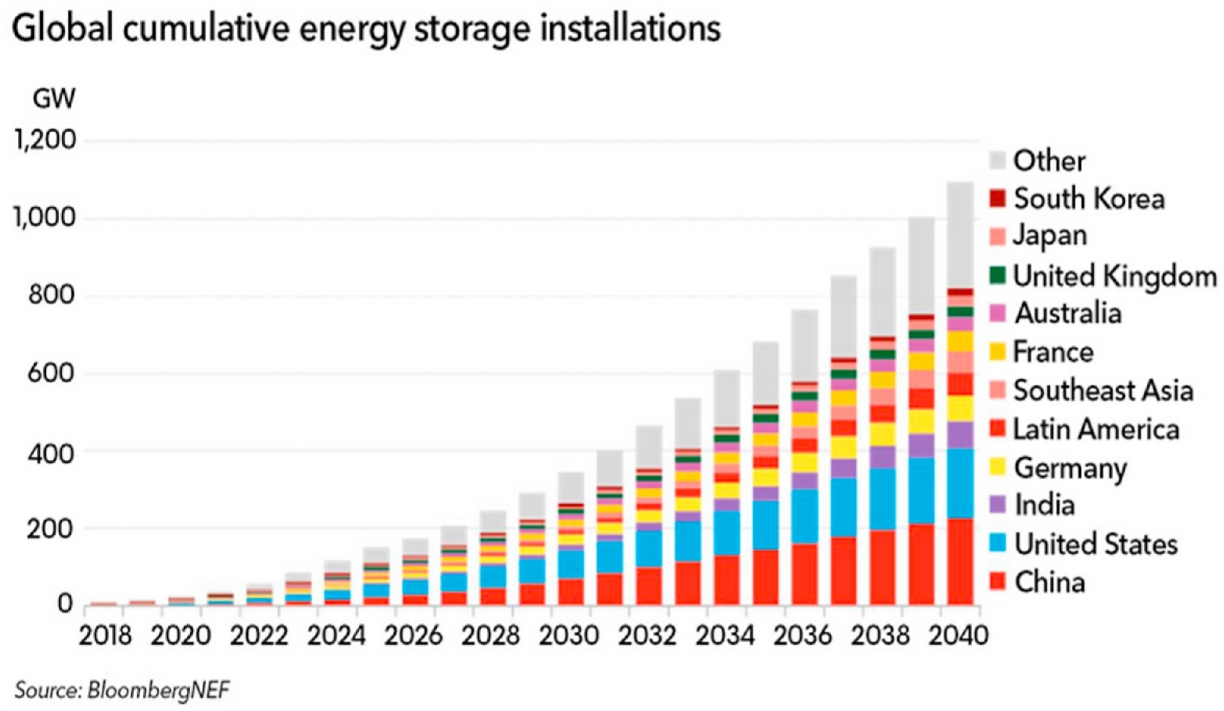
In the past five years, the energy density of lithium batteries has increased by more than 1 times, cycle life has increased by 2 to 3 times, and the application cost has dropped by more than 60%.
But what worries the industry is that the cost of energy storage has been rising recently because raw material prices remain high. The cost of energy storage batteries accounts for more than 50% of the cost of the entire energy storage system, and the continued high prices of upstream raw materials have led to further pressure on the cost of the downstream energy storage industry.
In February, lithium battery upstream raw material prices remain high, resulting in four key materials prices are difficult to reduce. Among them, the average price of lithium iron phosphate materials reached 16-17 million yuan / ton, the average price of anode materials reached 35,000-48,000 yuan / ton, the average price of 9μm wet diaphragm reached 1.3-1.55 yuan / square meter, the average price of electrolyte reached 10-12.05 million yuan / ton.
The rise in the cost of energy storage systems has led to an increase in the price of winning bids for energy storage projects. According to the bidding price counted by Gaogong Lithium, the lowest price of energy storage system in February was 1.41 yuan/Wh, and the highest reached 1.97 yuan/Wh; the average price of energy storage system has risen to 1.8 yuan/Wh, compared with 1.5 yuan/Wh in 2021, an increase of 20%.
Not only that, but increased security investment will also increase the cost of energy storage projects.
For this reason, Chinese experts suggest that the establishment of new energy storage prices and other cost-relief mechanisms should be accelerated. The relevant departments have been issued to speed up the development of new energy storage guidance, "fourteen five" implementation plan, etc., to encourage energy storage projects through the electricity market to channel the cost, to obtain revenue. However, the current market access conditions, trading mechanisms and other details are not yet clear, the lack of a mature business model for each side of the energy storage, the enthusiasm of enterprises to install energy storage is not high.
Huang Bibin, deputy director of the Institute of New Energy and Statistics of the National Energy Research Institute of China, suggests that China should further refine the grid-side independent energy storage participation market mechanism, improve the grid-side alternative energy storage price diversion mechanism, improve the peak-to-valley tariff and peak-to-valley tariff policy, optimize the peak-to-valley tariff spread, and create space for the development of user-side storage.
In short, energy storage to take the scale, industrialization, market-oriented road, on the one hand, need to encourage the competition of different technical routes, on the other hand, high security, low cost, sustainable is the common goal.


